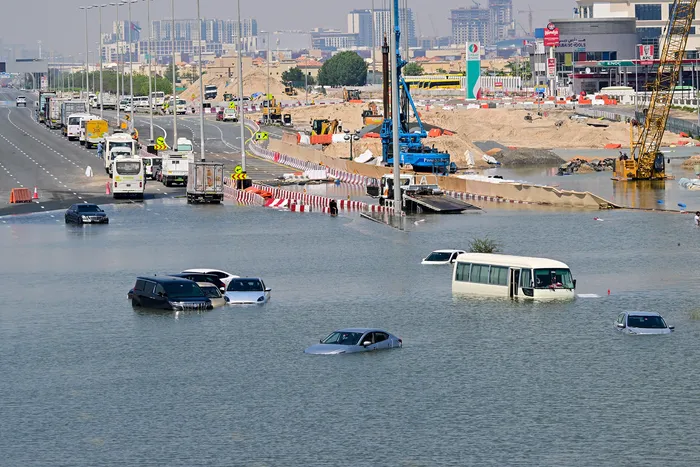Dubai is now experiencing record rates of flooding that has already led to the deaths of at least twenty three people. Ten of the twenty-three casualties were children from a school bus attempting to traverse the flooded roads. Scientists agree that there is one definite factor leading to the worsening floods: climate change.

Climate change has led to many extreme environmental anomalies such as wildfires, droughts, and floods, but in this case, it led to the extreme rains that had been ravaging the UAE and Oman. A report done by twenty-one scientists from the World Weather Attribution team said that global warming had led to a 10-40% increase in the downpour. Dubai has gotten more than fourteen cm of rain; this is more than a year of the normal rainfall it would receive. The city was also forced to close its airport after the runway was flooded with water; it is important to note that the Dubai airport is the busiest international airport in the world. Schools and businesses have also been closed as a result of the flooding.
Another technique has been thought to cause the more violent, drastic weather seen in Dubai: cloud seeding. This is a weather modification method used to change the weather, to induce more rain, by introducing silver iodine into a specific type of cloud. Silver iodine is brought into the cloud through the use of airplanes and the chemical allows the water vapor to “condense more easily and turn into rain,” as explained by the BBC. The practice is not known to be harmful; however, it is still relatively new. Many people are unsure of its long-term effects. The UAE is known to have been practicing cloud seeding, but, scientists who are researching the causes of the Dubai flooding have mostly ruled out cloud seeding and are instead focusing on climate change.
The way the city was built also did it no favors to prevent the catastrophe. On the eastern side of Delhi is the Yamuna River; the northern part of the river, outside Delhi, is the site of much mining, which Delhi does not participate in. As a result, the city’s riverbed is more elevated; furthermore, the western side of the Yamuna was heavily developed close to the river, leaving little area for floodplains.
All of these factors led to the excessive flooding in the city. The Dubai flooding is another horrifying example of how our continuous negative uses of Earth’s resources has led to repercussions in ways we didn’t know it could. Fortunately, there are ways in which we are attempting to reform and use the resources we have in a more sustainable manner.

